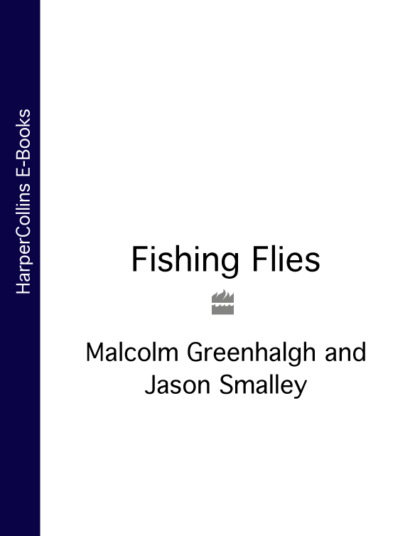По всем вопросам обращайтесь на: info@litportal.ru
(©) 2003-2024.
✖
Fishing Flies
Настройки чтения
Размер шрифта
Высота строк
Поля
Body: Kangaroo, either natural buff-brown or dyed olive.
Wings: As body.
Many Australians use kangaroo fur in their flies. It is a lovely fur to use, but not often available elsewhere in the world. This fly was devised by John Lanchester to match the red fin fly in the rivers of Victoria, but should be a useful general nymph anywhere.
The following two nymphs are by Jean-Paul Pequegnot, author of Repertoire des Mouches Artificielles Francaises (1984).
PRECIEUSE (PRECIOUS)
Hook: Nymph, sizes 12–16.
Thread: Grey.
Tails: Grey (light-blue dun) hackle fibres.
Abdomen: Light fine grey fur (e.g. rabbit or synthetic).
Rib: Fine silver wire.
Thorax: Slightly darker grey fur.
Hackle: Dark grey, short-fibred.
LIEVRE ET PERDRIX (HARE AND PARTRIDGE)
Hook: Wet fly, sizes 12–16.
Thread: Brown.
Tails: Fibres of speckled brown partridge.
Abdomen: Buff-yellow wool.
Thorax: Hare’s mask and ear, well mixed.
Wing cases: Slip from speckled partridge tail.
Legs: Speckled brown partridge fibres, tied in false.
Following, a fly by Malcolm Greenhalgh that matches a wide range of tiny upwinged fly nymphs that go under the umbrella name ‘pale wateries’.
OPPOSSUM PALE WATERY NYMPH
Hook: Nymph, sizes 14–18.
Thread: Brown.
Tails: 3–4 short tips of cock pheasant tail fibres.
Abdomen: Cream oppossum.
Rib: Brown thread.
Thorax: Cream oppossum.
Wing cases: Cock pheasant tail fibres (from tails).
MARCH BROWN NYMPH (POUL JORGENSEN)
Hook: Nymph, sizes 10–12.
Thread: Brown.
Tails: Tips of 3 cock pheasant tail fibres.
Abdomen: Amber seal’s fur (or sub.) and tan fox fur well mixed.
Rib: Thick brown embroidery cotton.
Thorax: As abdomen.
Wing cases: Cock pheasant tail fibres.
Legs: Brown speckled partridge hackle tied in at base of thorax and palmered over thorax in 2–3 turns.
NOTE: Poul recommended, whenever tying dubbed fur bodies, soaking the initial turns of thread along the hook shank with cement.
American-Dane E. H. ‘Polly’ Rosborough was one of the great fly-tyers of the second half of the twentieth century. Of the following fly, Poul wrote: ‘This is one of my favourite impressionistic nymphs.’
Rosborough wrote a book Tying and fishing the Fuzzy Nymphs that went through several editions (1st edn, 1965; 4th edn, 1988). Two of his greatest inventions were the NONDESCRIPT and the NEAR ENOUGH. Both are very good catchers of trout in rivers throughout the world.
NONDESCRIPT
Hook: Nymph, sizes 8–16.
Thread: Mid brown.
Tails: Tips of 3 cock pheasant tail or red-brown marabou fibres.
Body: Deep fiery brown synthetic yarn; it must have a fuzzy outline.
Rib: Bright yellow thread.
Body hackle: Furnace cock.
Head: Black thread, very large.
The technique is to tie the tails, rib and hackle in at the end of the hook shank, take the thread back to the front of the shank and there tie in the yarn. Wind this tightly down the shank, soak this layer with tying cement, and wind the yarn back before tying this off. Soak again with cement. Now flatten the body with forceps. Wind the hackle forward in open, but close, turns; then the rib. Trim all upward- and downward-pointing hackle fibres. Again, with the cement-soaked body still sticky, flatten. Wind a large thread head and soak with cement. Flatten with forceps. The result is a crude, though effective imitation of a stone-clinging heptagenid (mayfly) nymph.





